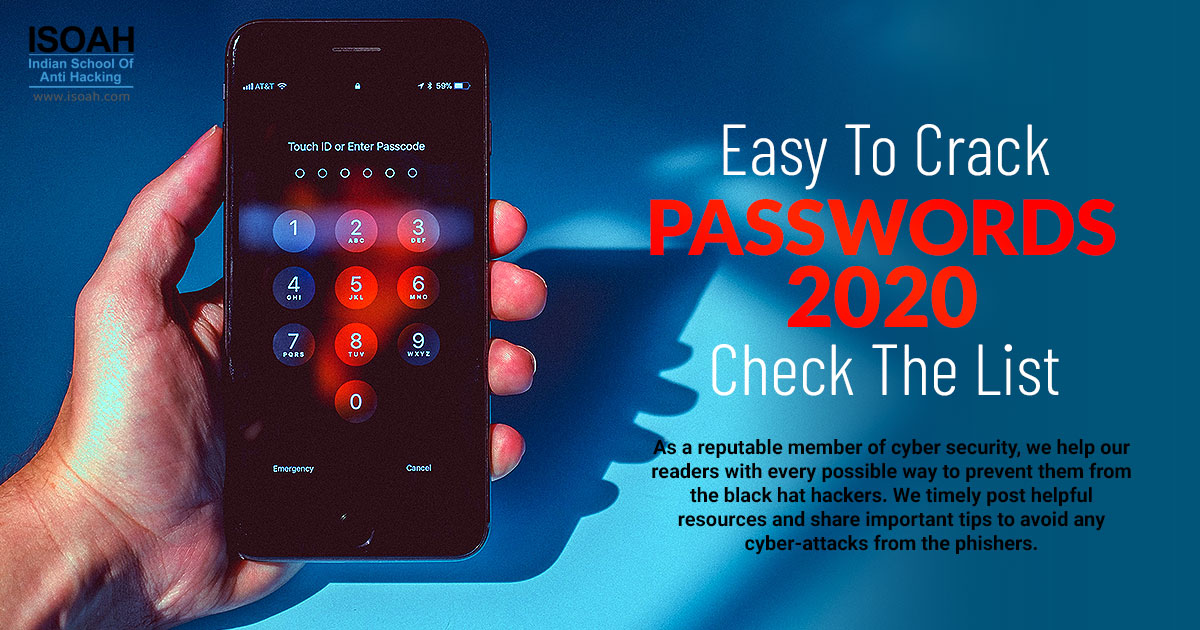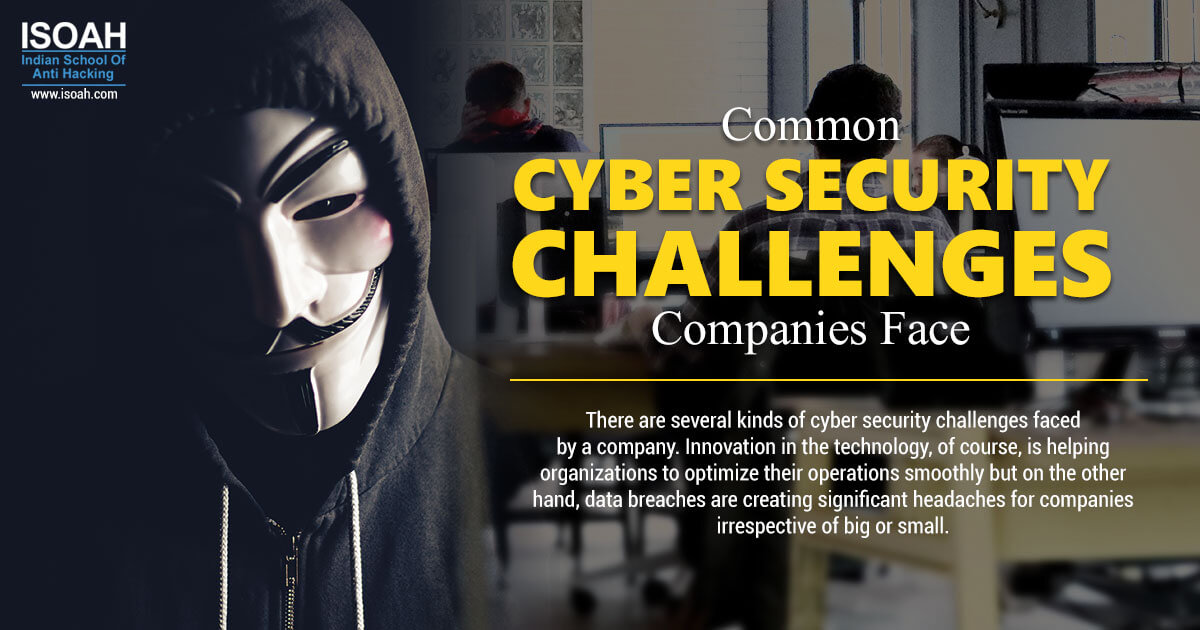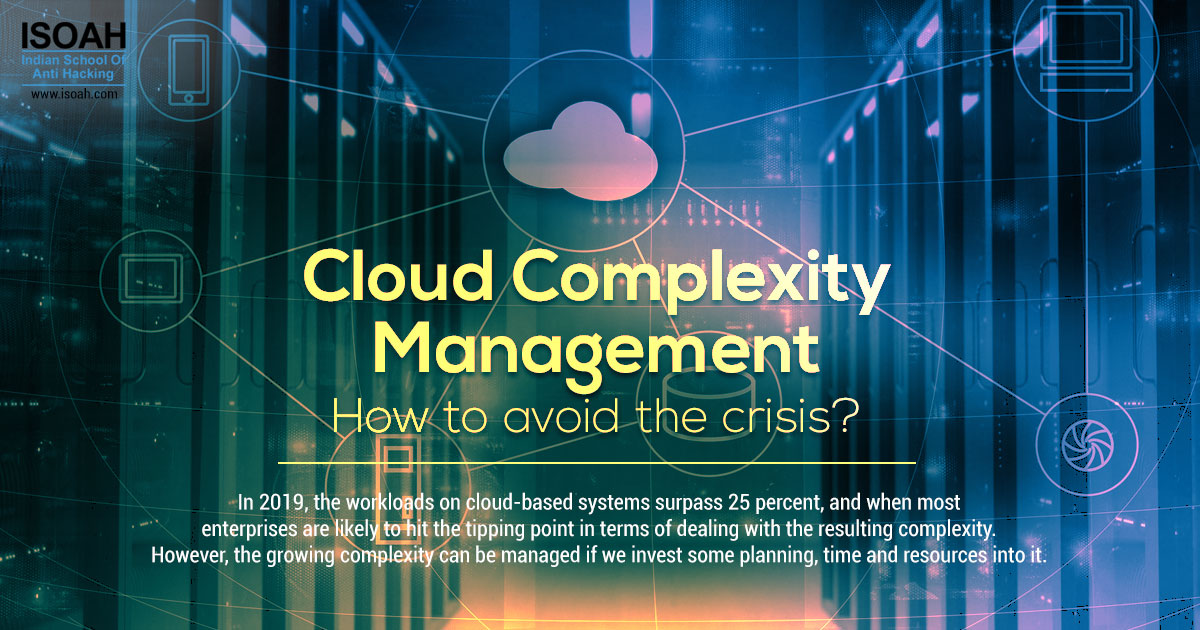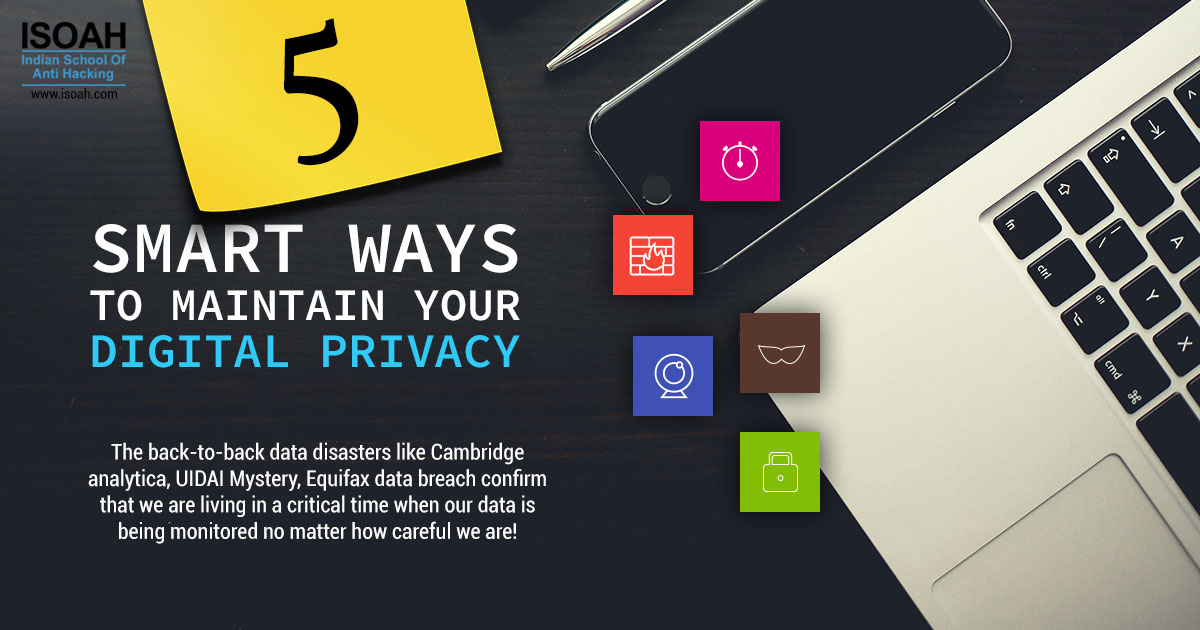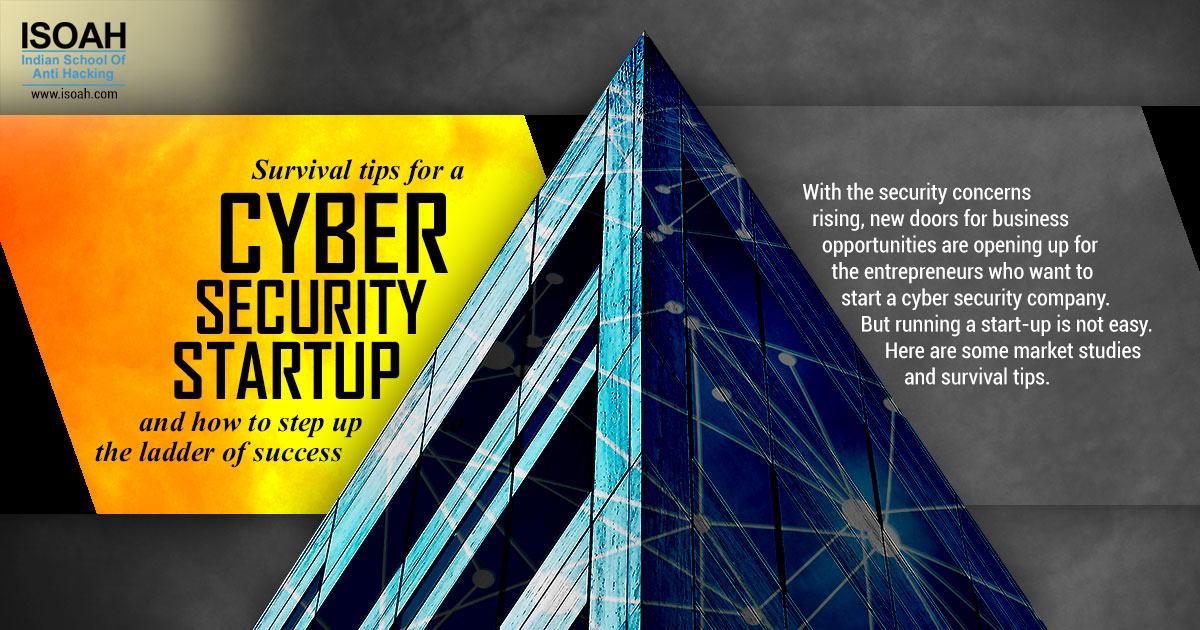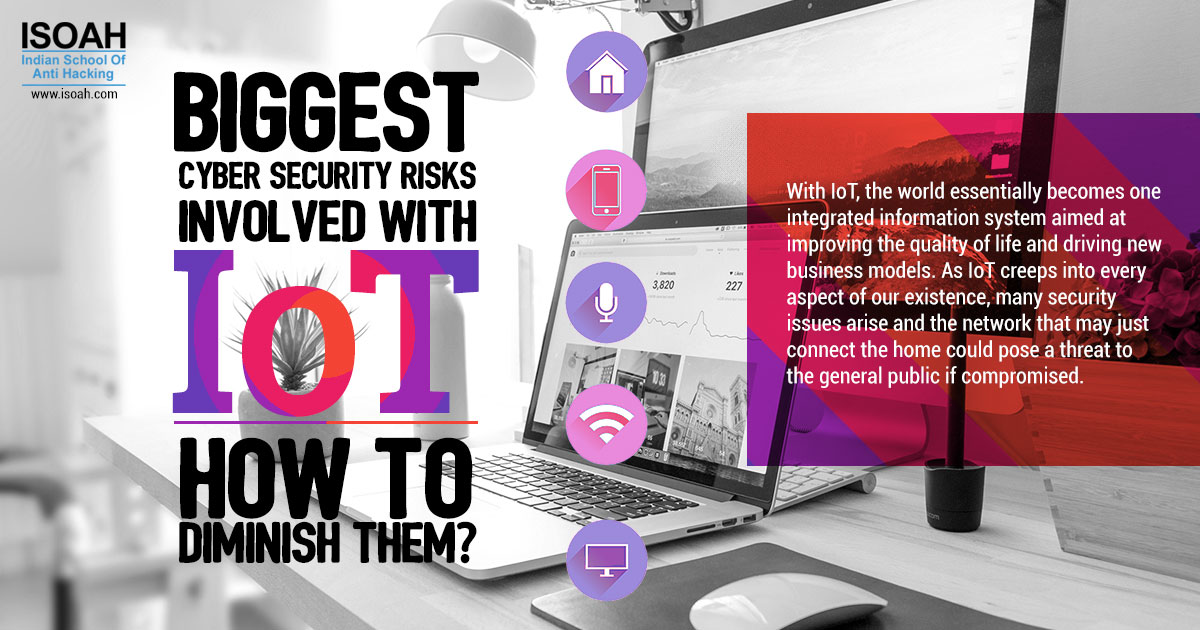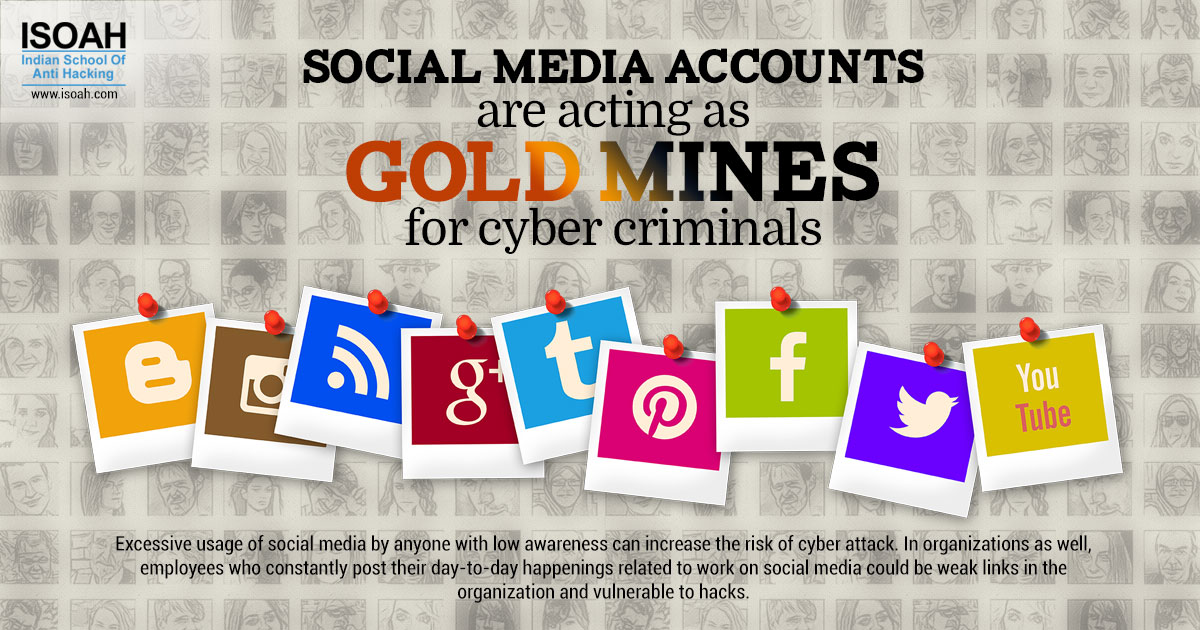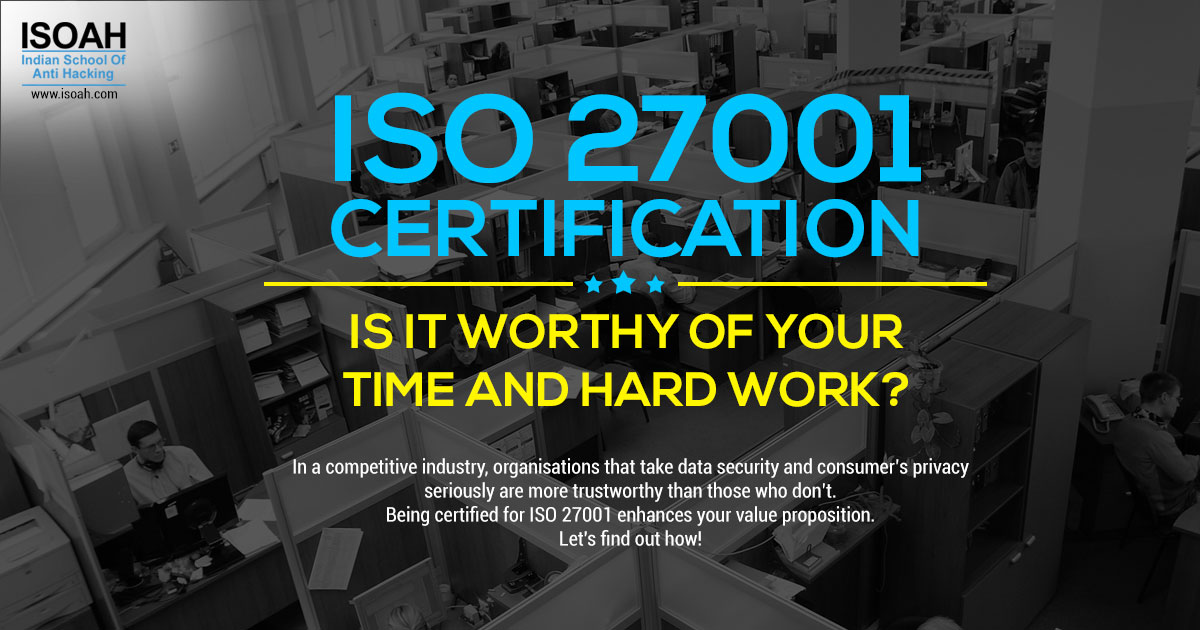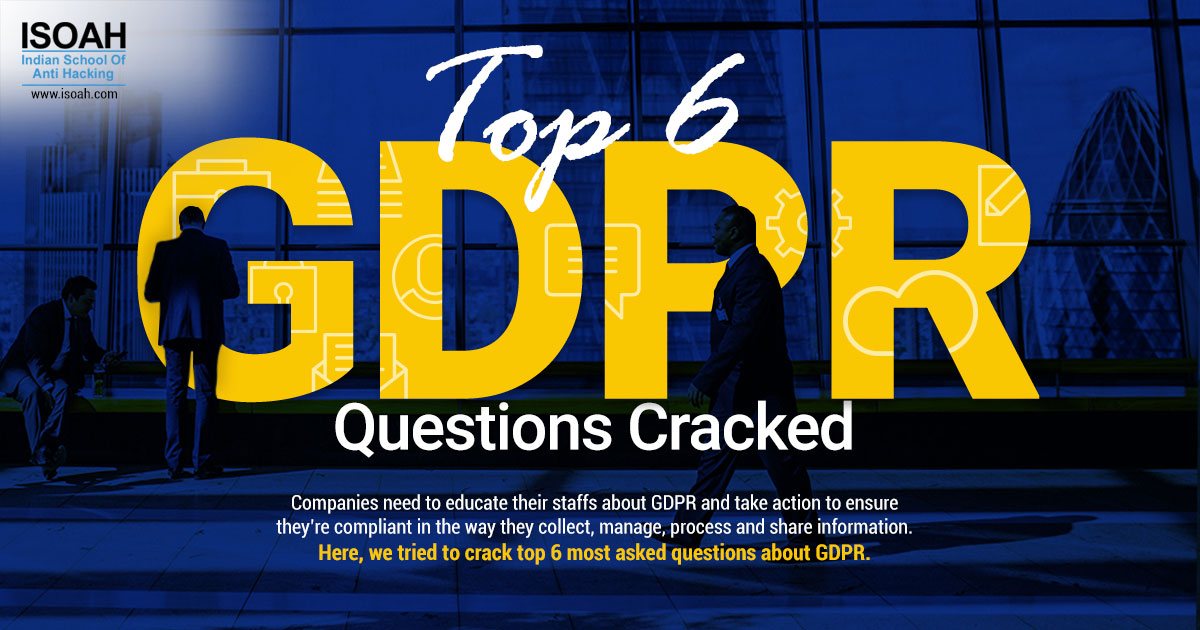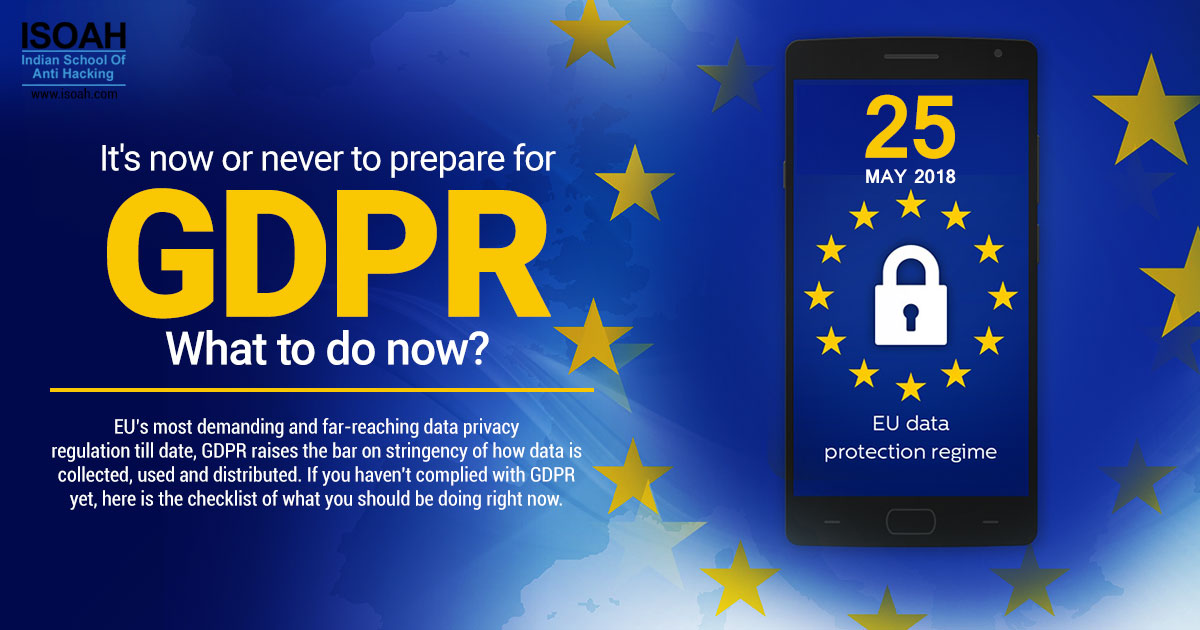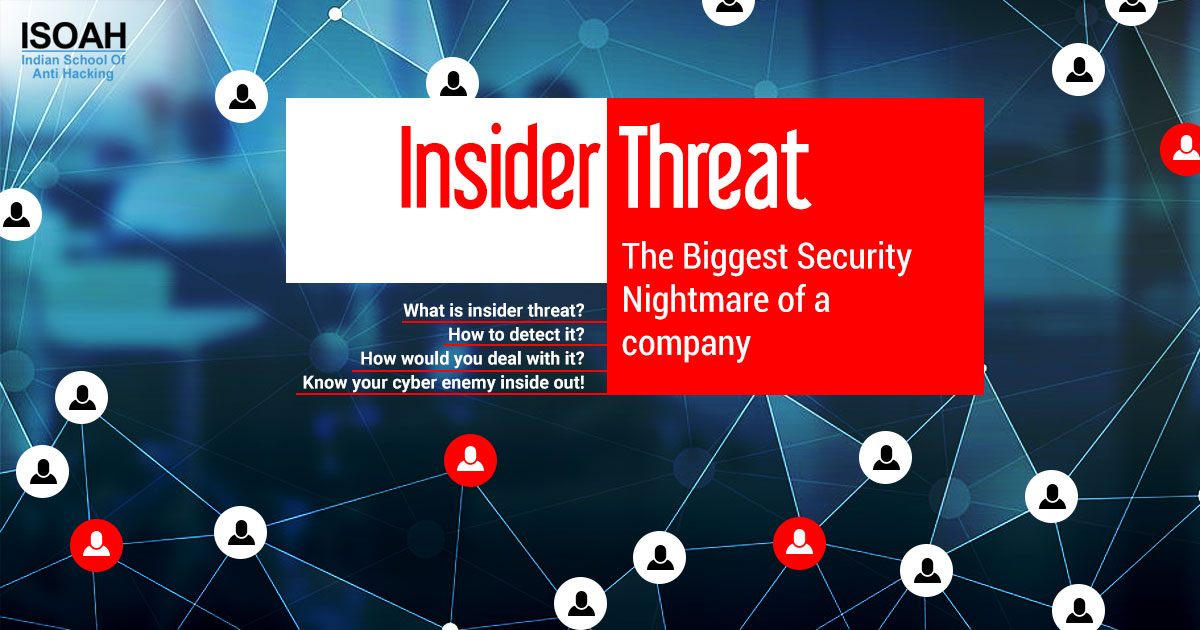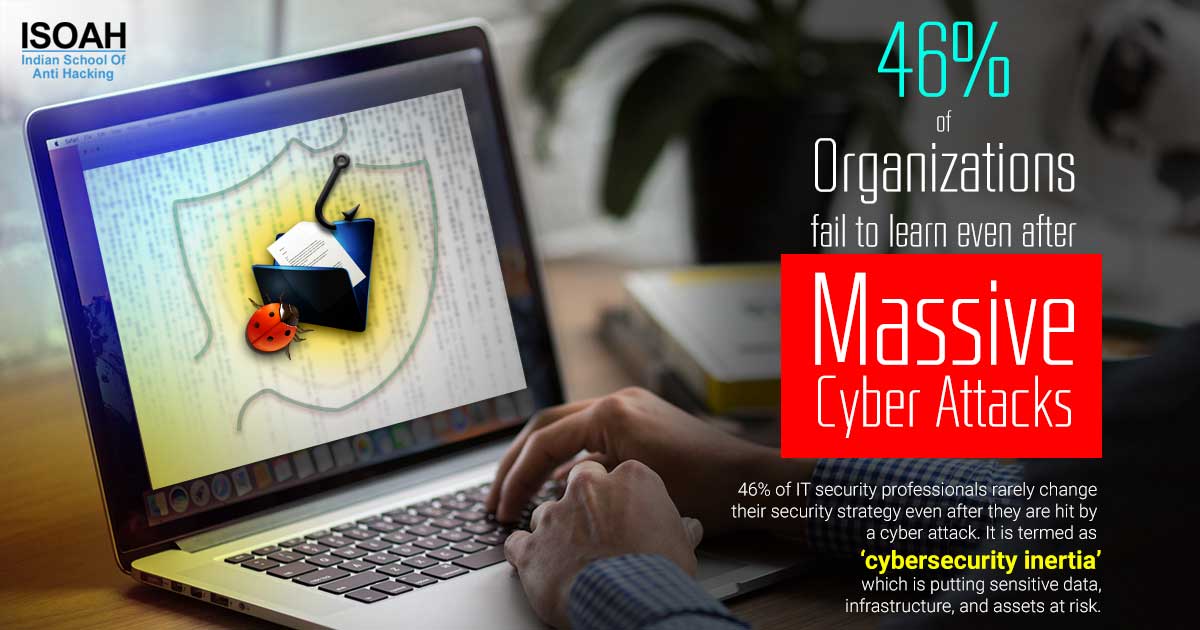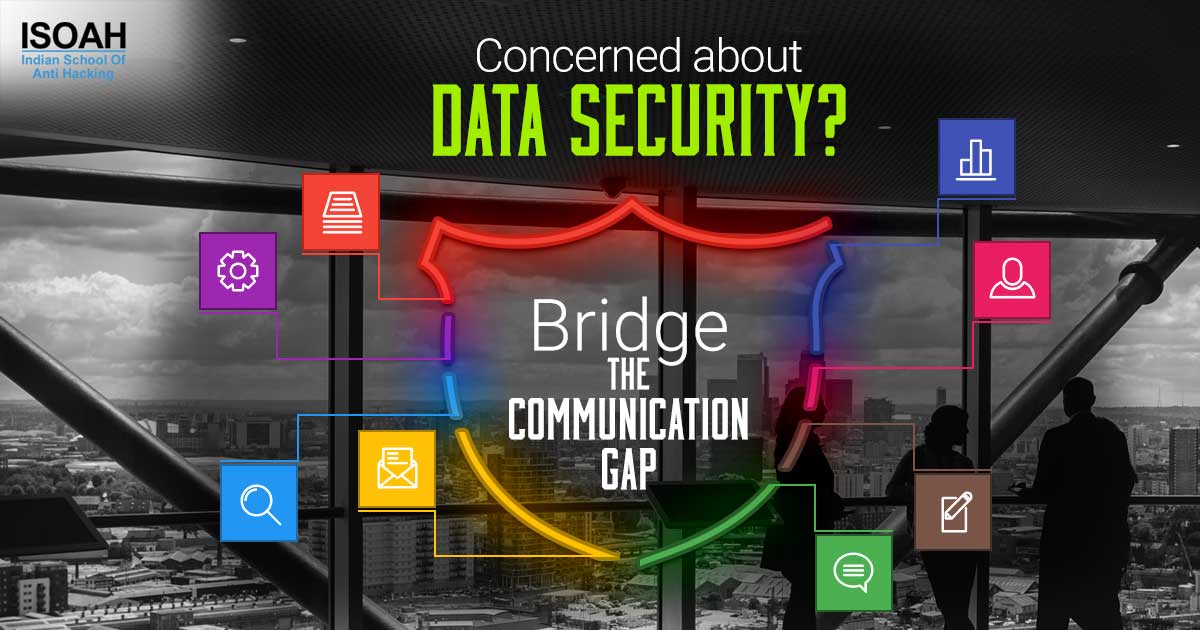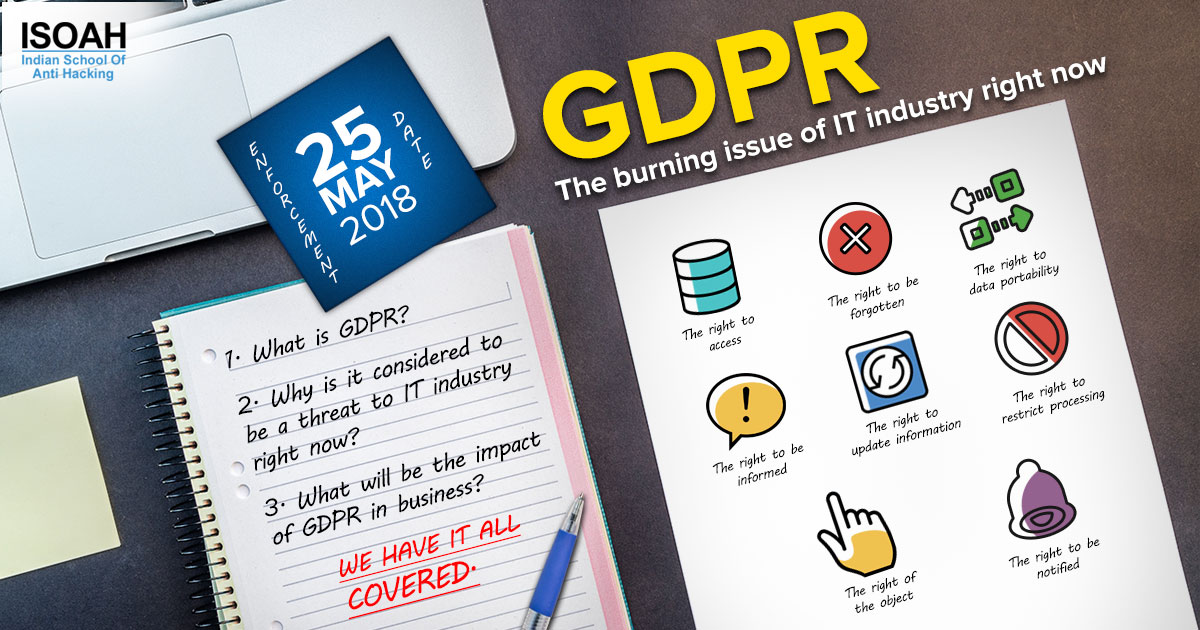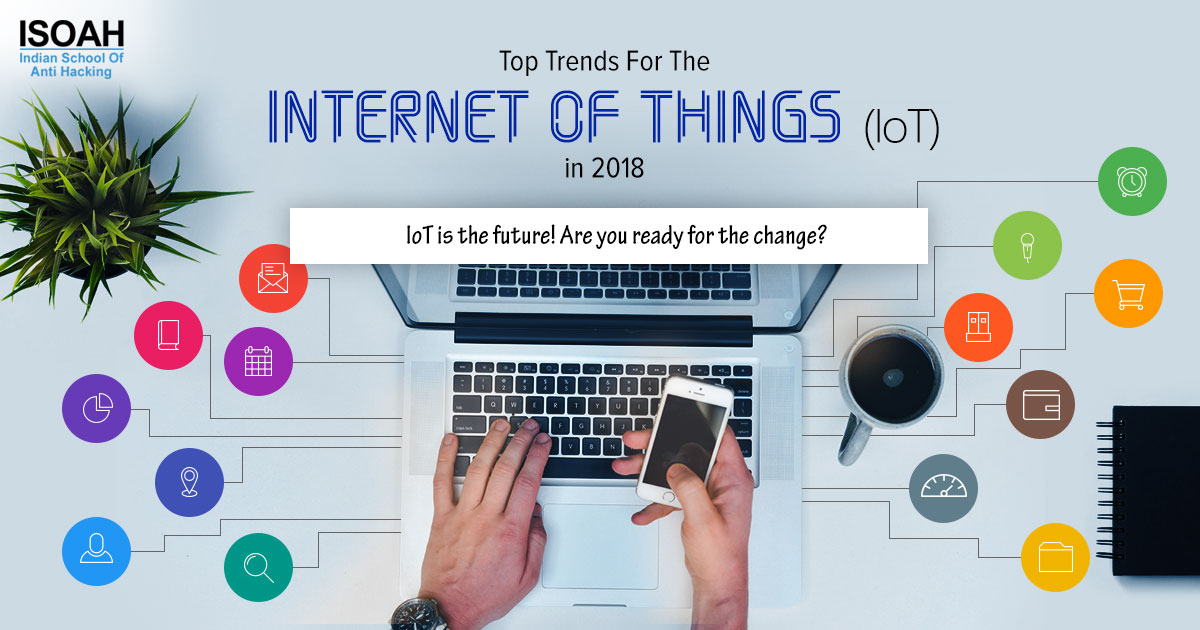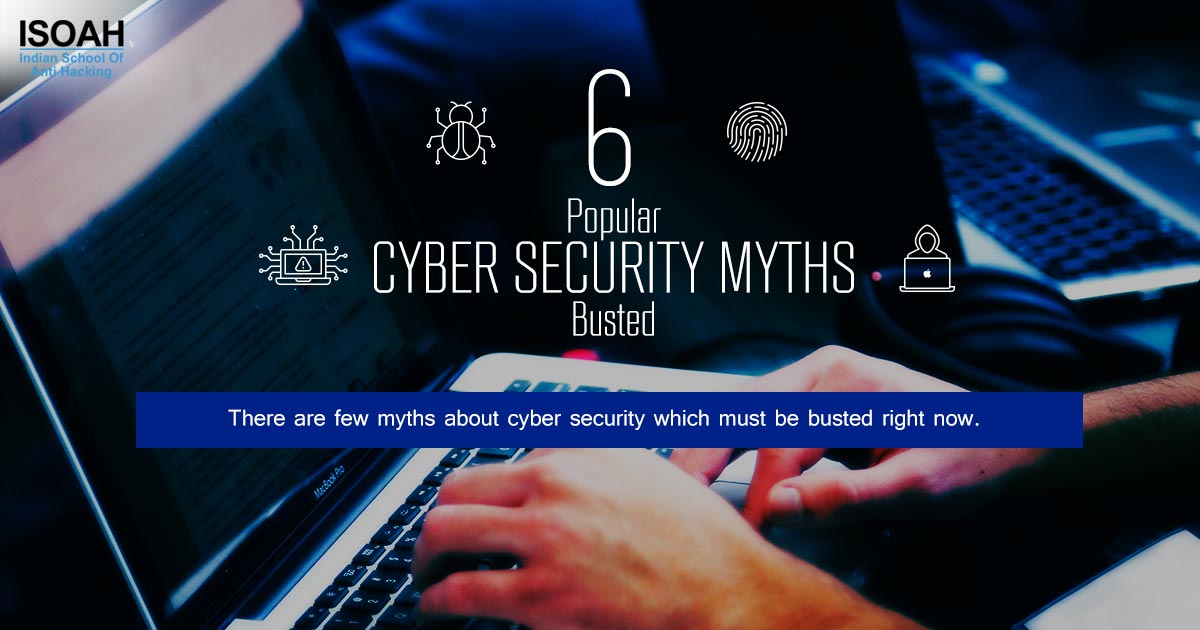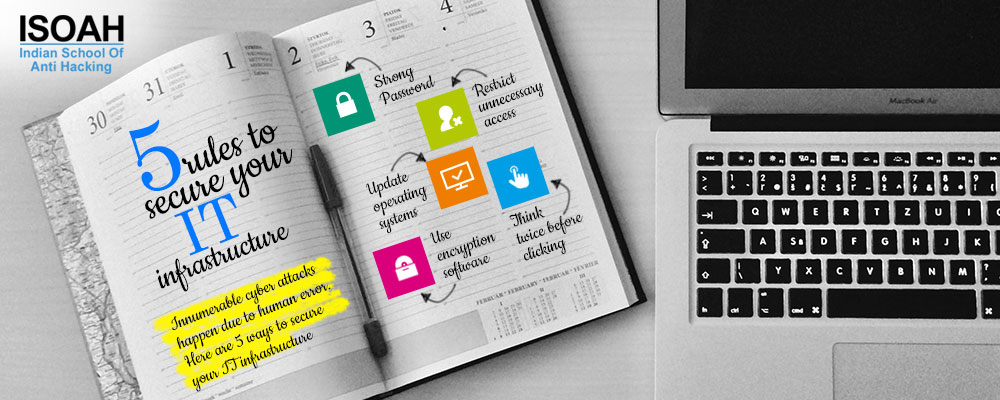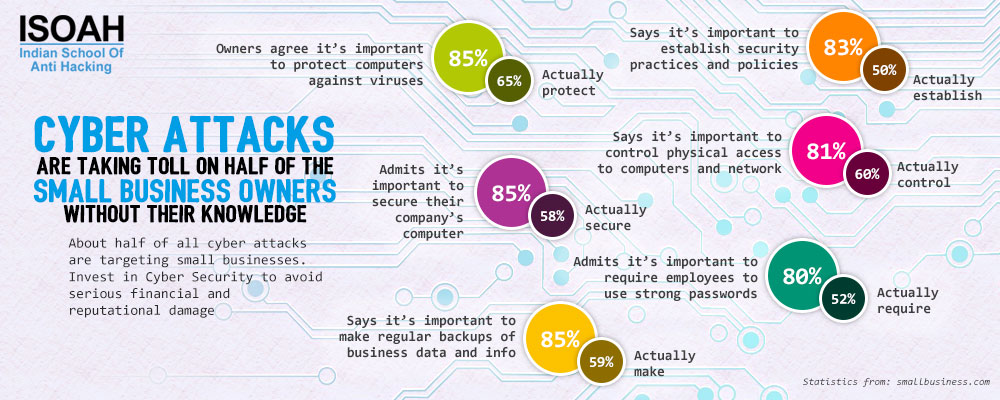Implying Identity & Access Management in organizations - a crucial step to ensure cyber security
Article: cyber security
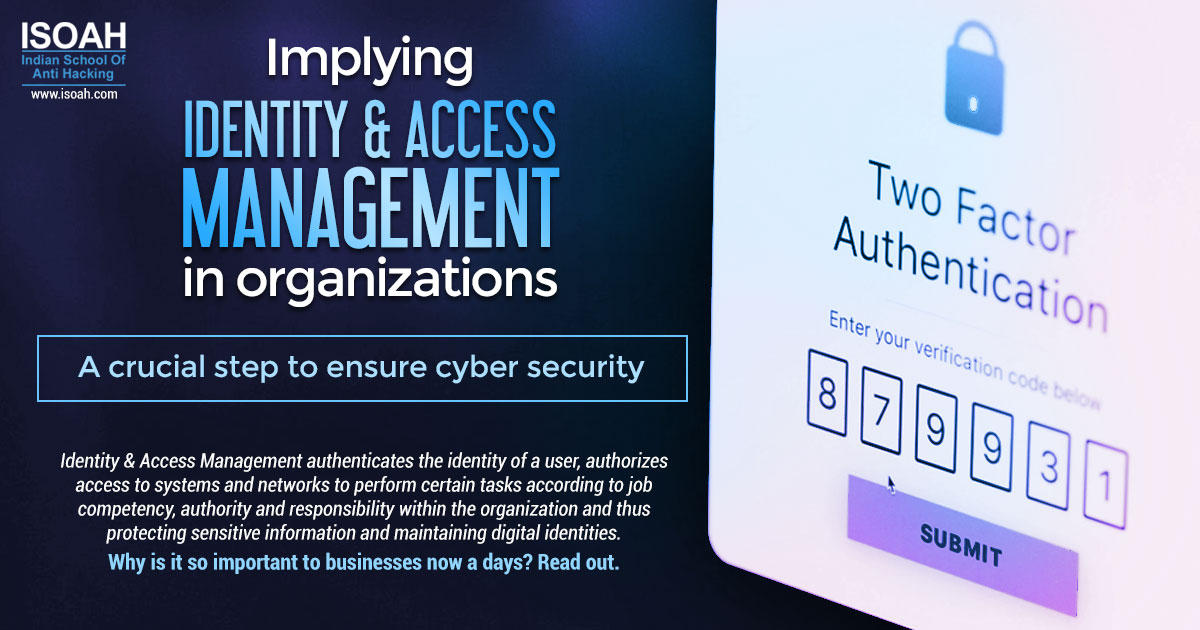
Businesses often deal with a large amount of data. Managing the data and secure them from breaches is a big deal for companies. With the innumerable number of data breaches around the world, businesses are concerned about the data security and want to find out a way to manage important data well.
Here, Identity and Access Management comes into play.
Identity & Access Management is all about "ensuring the right individuals to access the right resources at the right times for the right reasons." It is the information security discipline that allows or restricts the access of different users to appropriate technology resources at the right time. Simply, IAM management authenticates the identity of a user, authorizes access to systems and networks to perform certain tasks according to job competency, authority and responsibility within the organization and thus protecting sensitive information and maintaining digital identities.
Identity & Access Management is the framework for business processes that includes the organisational policies for an enterprise and because it needs to be business-aligned, the development and evolution of the framework requires business skills and not simply technical competence.
In many organizations, users sometimes have more access privileges than necessary. A robust IAM system can add an important layer of protection by ensuring a consistent application of user access rules and policies across an organization.
How will it work?
When a user attempts to access a system or some particular data, he/she needs to claim his/her identity as we generally do by putting username into the system.The system then verifies the identity through an authentication process. Now this authentication process can be basic knowledge based techniques like password or security questions or some advanced technologies such as biometric or token based authentication. Once a user successfully completes the authentication process, the IAM system verifies the user's authentication to perform the particular task that is requested. In IAM systems, a user proving his identity is not enough to gain access. The system must ensure that the user has the authority to perform the requested task.
Benefits of Identity & Access Management:
Effective IAM solutions help enterprises facilitate secure, efficient access to technology resources across these diverse systems, while delivering a number of important benefits:
- Identity management systems enable administrators to easily manage access privileges for a variety of users, including domestic on-site employees and international off-site contractors.
- Centralized IAM, where all access decisions are concentrated in one location, be it a physical location or a virtual one which enables IT professionals with a constant method for managing user access. In case of revoking access of a user, the centralized IAM solution makes sure this revocation immediately takes effect across all of the technology platforms integrated with that IAM platform.
- Using a single IAM platform to manage all user access allows administrators to manage their work more efficiently in a cost effective way.
- Access to resources becomes more effective. When users receive access through a centralized platform, they benefit from the use of single sign-on (SSO) technology that limits the number of interactions they have with security systems and increases the likelihood that their legitimate attempts to access resources will succeed.
- Identity management can decrease the number of help-desk calls to IT support teams regarding password resets. Identity management systems allow administrators to automate these and other time-consuming, costly tasks.
Approach to a successfulIdentity & Access Management:
In today's digitally enabled economy, Identity and Access Management plays a crucial part in organization's security plan as it is inextricably linked to the security and productivity of the company.
A good IAM strategy should balance security measures with employee and customer experience. The authentication and authorisation processes should be streamlined and user friendly. The system should allow administrators to view and change access rights easily and effectively grant access for external users to necessary parts of the network without compromising security.
A cloud firewall can help automating the IAM systems allowing businesses to operate more efficiently, freeing up limited resources to deal with specific security issues in a very fast-changing environment.
For a better IAM systems, organizations must pay close attention to privileged users as they have unlimited access to sensitive data, device and application consisted of huge amount of sensitive data. These accounts are the primary targets to hackers. Privileged users can be granted any elevated access that they may need for a specific purpose by request, receiving unique credentials that are valid for a limited time and entirely tied to the individual request. While availing this access, user actions are tracked so that in case of any security incident, the origin of the breach can be identified and individual accountability can be assigned.
Quick and efficient provisioning and de-provisioning is needed to ensure new employees can access precisely the right resources they need to do their jobs from their first day in the office or modify user rights and remove access for those who have exited the workforceto ensure both performance and security.
Recording user actions is also very important to determine the root cause of a breach and then work to troubleshoot and remediate. Maintaining an audit trail provides a level of detailed analysis of how a breach has occurred and that can limit the damage and reduce the likelihood of similar vulnerabilities in the future.
Final thought:
Identity and access management systems can enhance business productivity by reducing the complexity and cost of safeguarding user credentials and access. At the same time, identity management systems enable workers to be more productive (while staying secure) in a variety of environments, whether they're working from home, the office, or on the road. Approximately 60 percent of all data breaches are caused by an organization's own employees, according to IBM's 2016 Cyber Security Intelligence Index. Of those, 75 percent were malicious in intent; 25 percent were accidental. Insider Threat will also be limited and reduced once IAM systems are implemented in organizations. IAM systems also help companies to comply better with government regulations and legislation. Using IAM systems companies can also demonstrate that any data needed for auditing can be made available quickly and on-demand. It is really helpful for companies to address the problem and solve it before it's too late.
